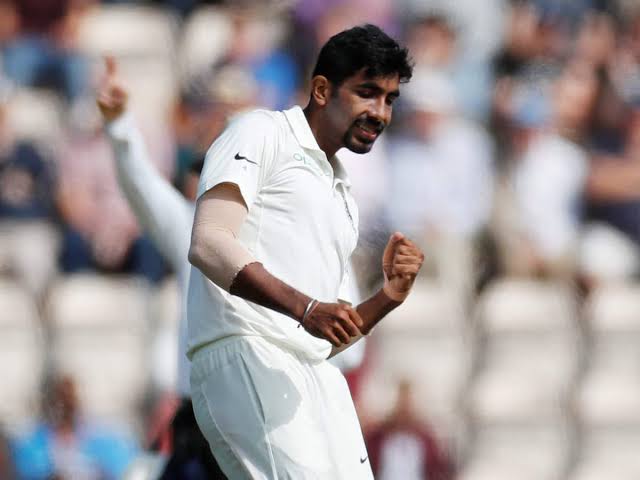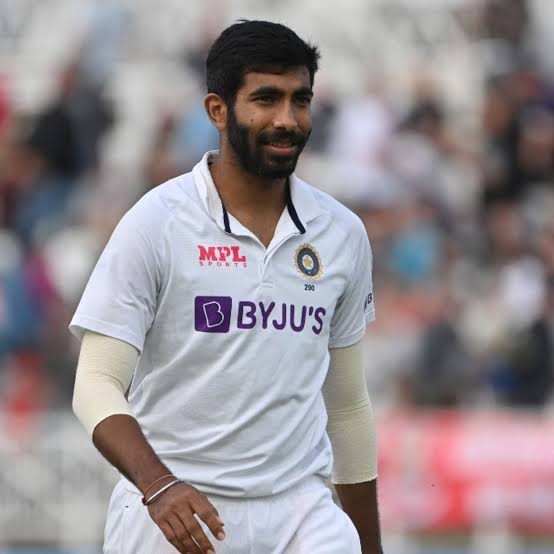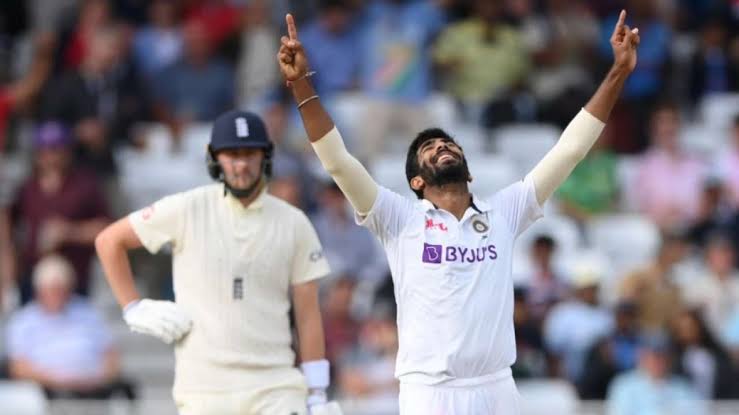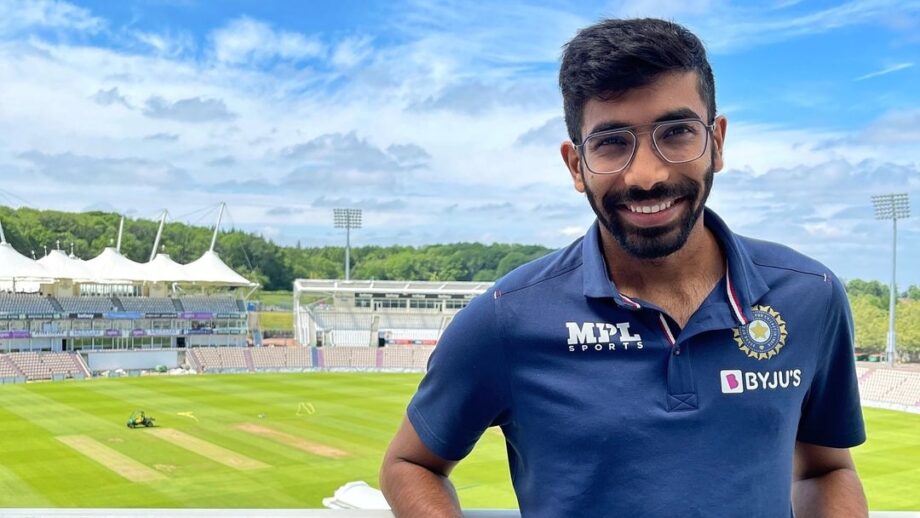Bumrah’s distinctive bowling angle earned him a household name. The Indian selectors took note, and his talents, control, and precision earned him a ticket to the T20I series in Australia in 2016. Bumrah was offered the opportunity to make his ODI debut in Sydney before the T20Is after Mohammed Shami was injured. He was promoted to the starting XI for the T20Is after an excellent performance there, and he didn’t disappoint, taking six wickets in a Kangaroo whitewash. It was no surprise that Bumrah quickly rose to the top two T20I bowlers in the world after his performance on the Australian tour.
In Test cricket, picking a wicket is like getting rewarded for your perseverance during your period. Getting one wicket takes a lot of patience and hard effort, even for the most skilled and decorated bowler, despite the fielding position being far more aggressive than in white-ball games.
Bowlers, on the other hand, pour their hearts and souls into getting the best results for their teams, and many end up picking five-fours or more.
Bumrah has only been in the oldest format for four years, but the impact he has had on India’s bowling lineup is impressive.
Bumrah, together with Mohammed Shami and Ishant Sharma, forms one of the most dangerous speed bowling trios in international cricket.
Surprisingly, the bowler has 95 Test scalps, but only four of them have come on home soil, despite the fact that he has only played two Tests in his own country. Bumrah grabbed 5/64 against England at Trent Bridge in the first Test, giving him 16 wickets at Trent Bridge, one more than he had at Melbourne Cricket Ground (MCG).





